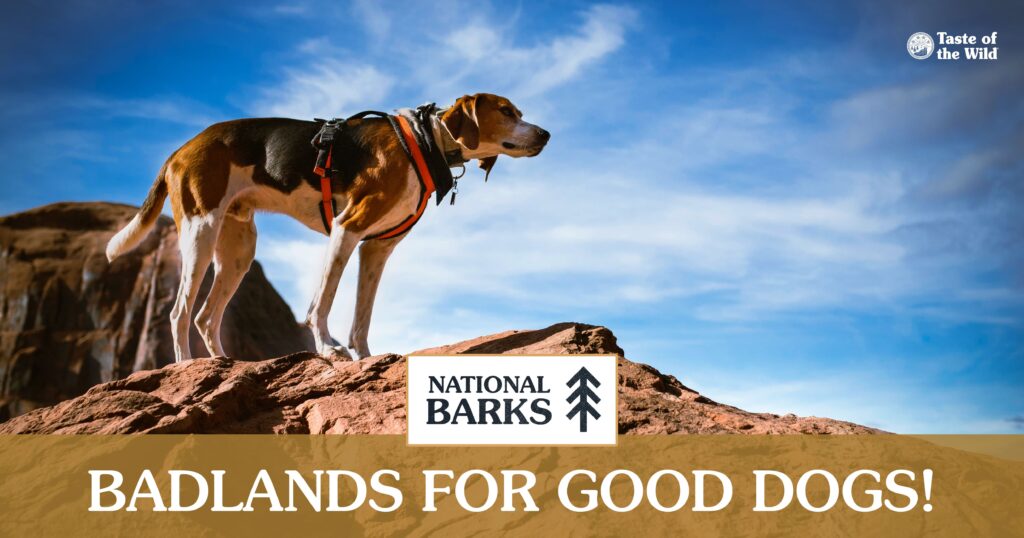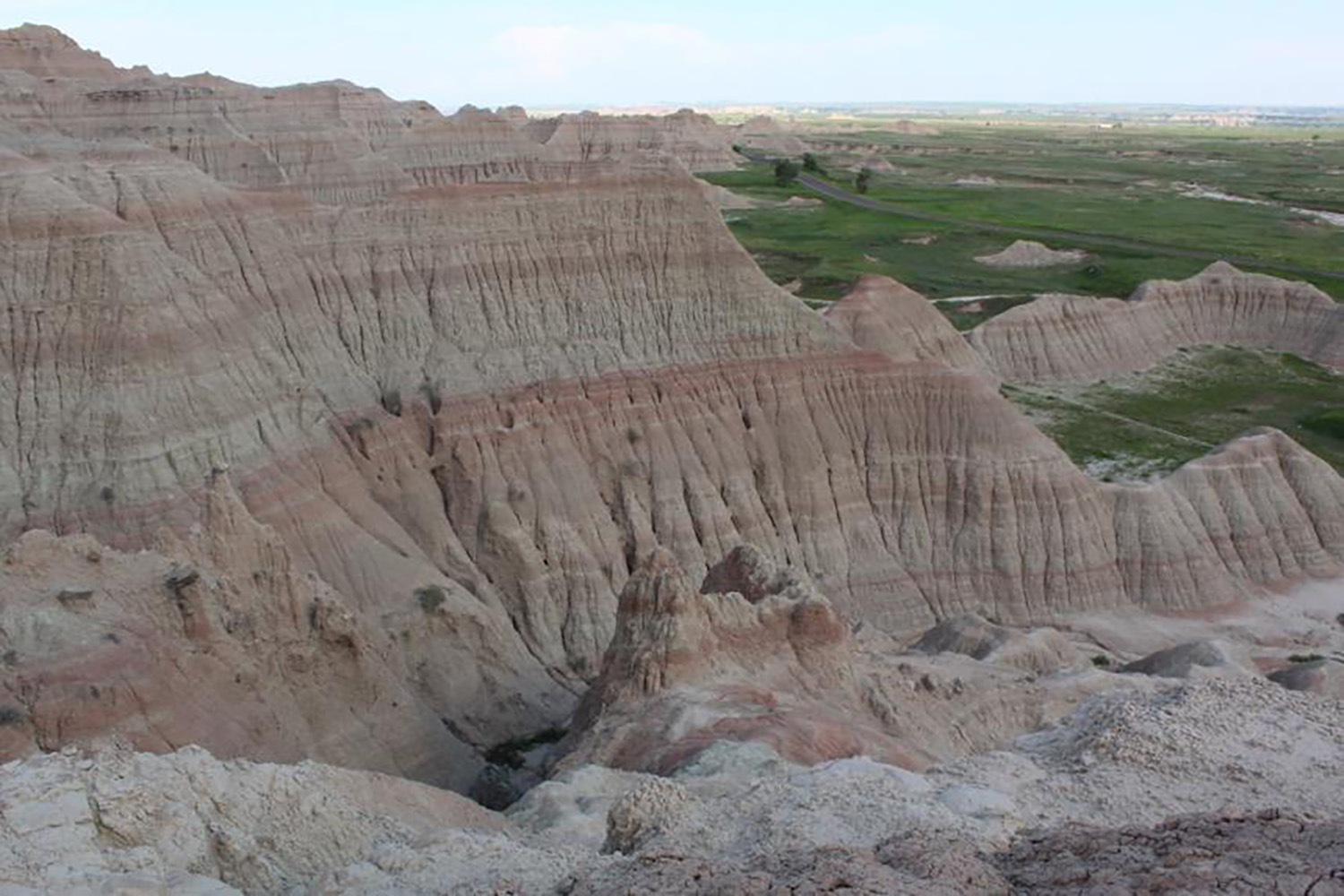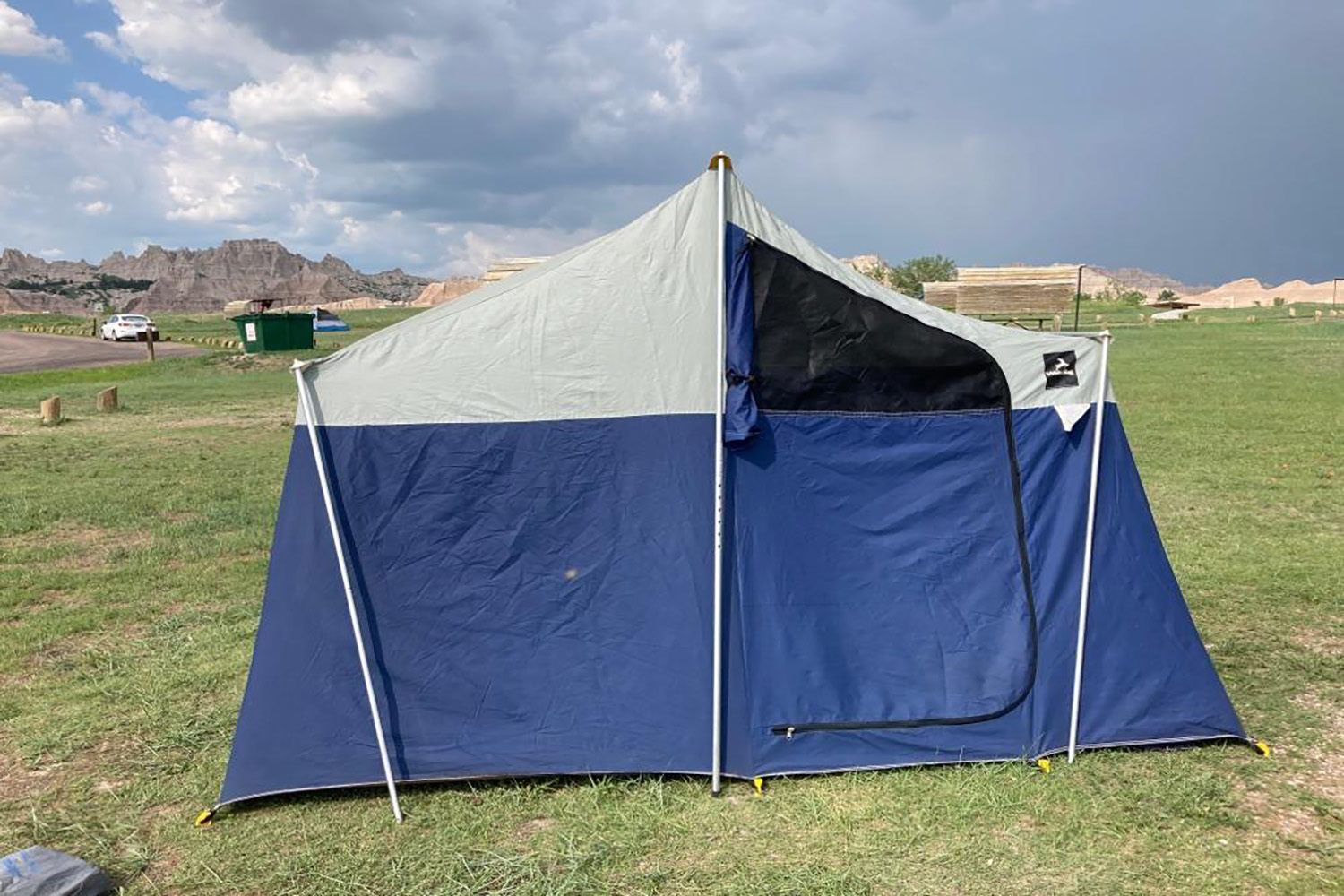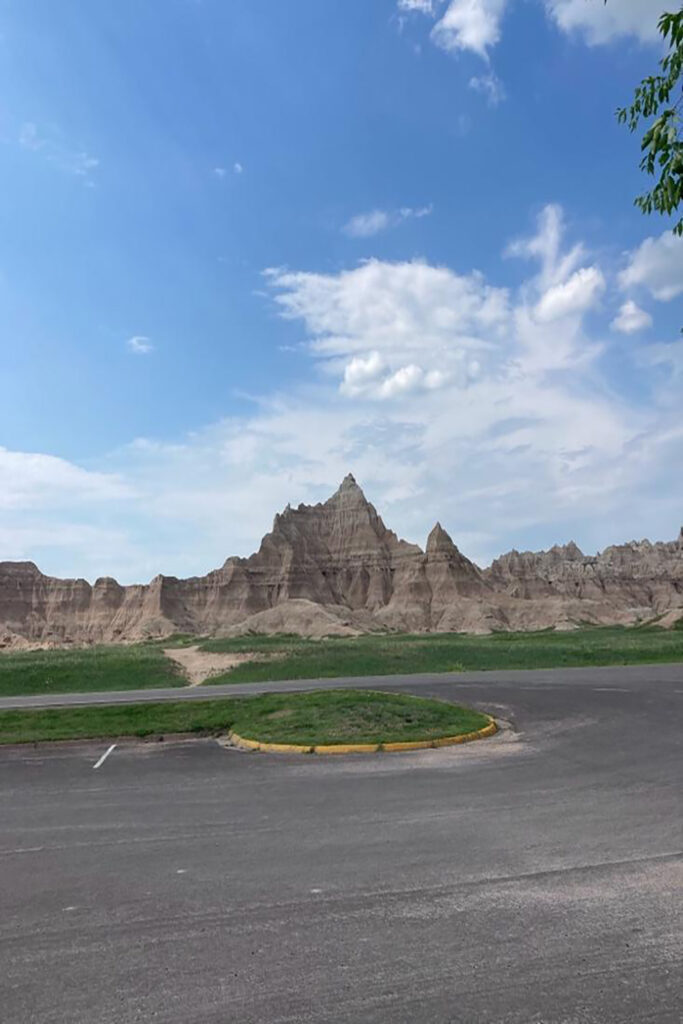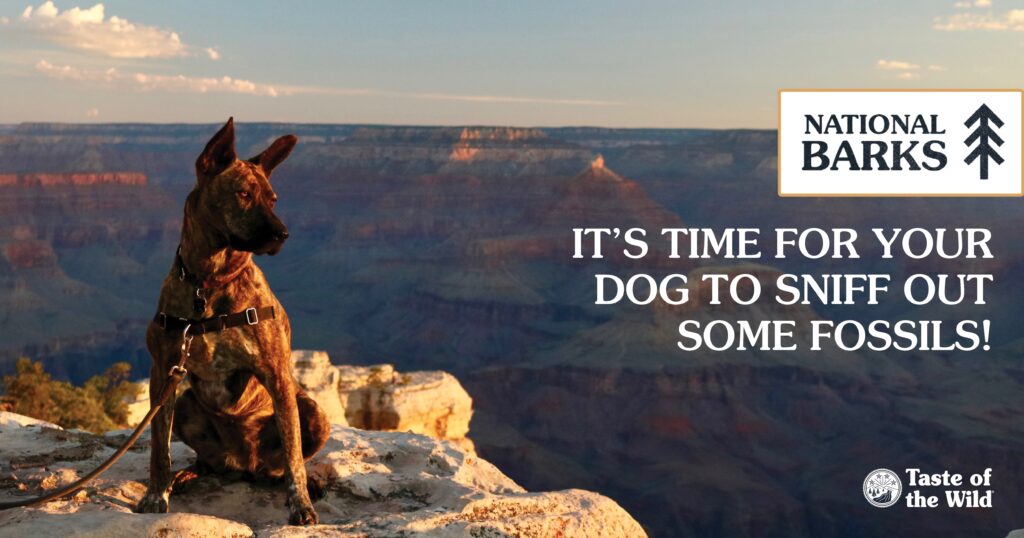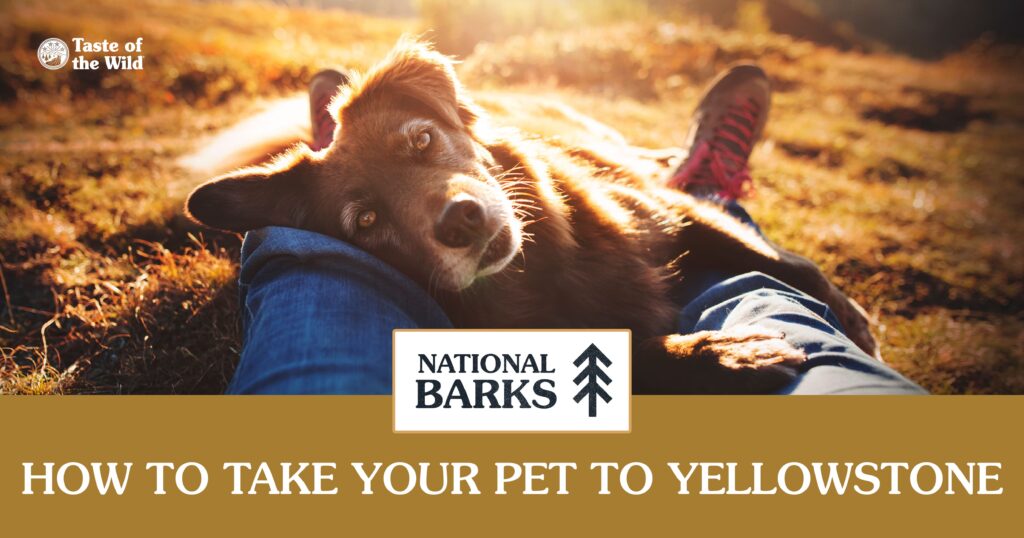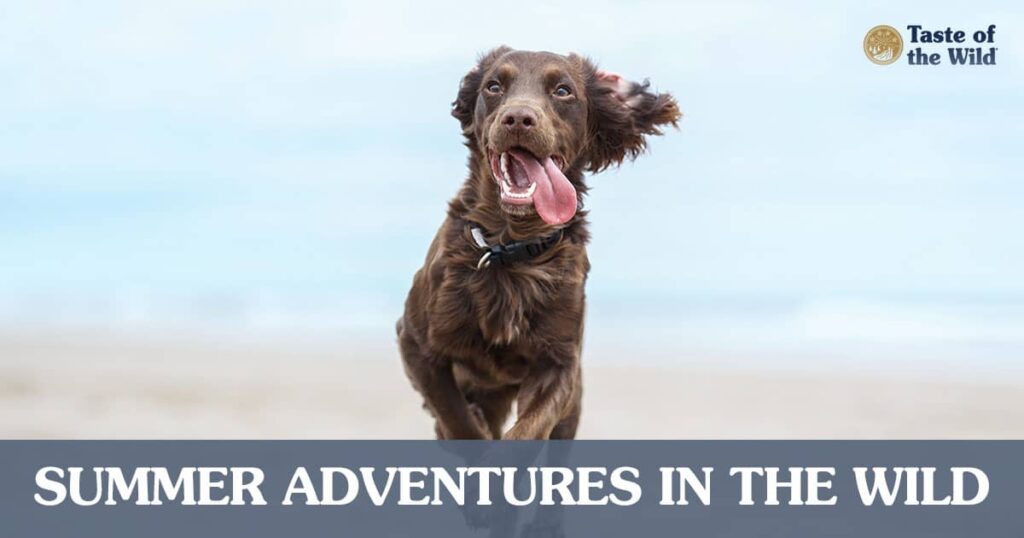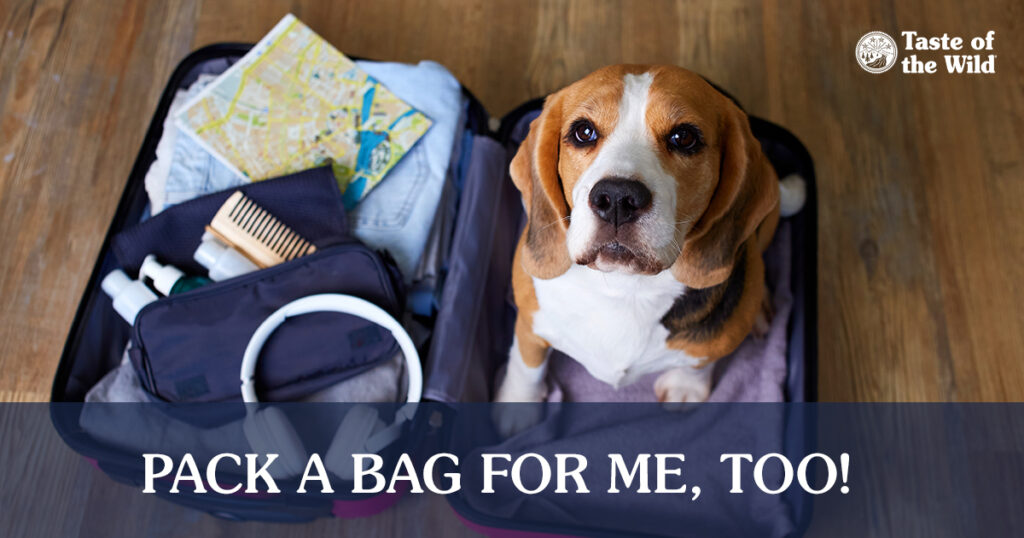
Everyone needs a vacation — even your furry friend! So instead of leaving your pets behind and wondering if they miss you (of course they do!), why not take them along with you on your next vacation or weekend getaway?
To help you out, we’ve got a list of pet-friendly vacation locations that are a big hit with the canine members of our Virtual Pet Park (VPP). Let’s see which activities they love to do!
Dog-Friendly Getaways for the Weekend
Bed and breakfasts are popular weekend getaway options for people, so it makes sense that your dog might like to come, too. Take your dog and “shop small” at local businesses and then take a break at a dog-friendly coffee shop. They may even have a special food or drink treat for your pup!
Camping is another good option for a weekend getaway. Your dog will love to experience the sights, sounds and smells of camping. Was that a squirrel? Was that a deer? Was that a bear? It looks like camping is a favorite activity for some of our VPP members, including The Bean and Juno.
Life’s a Breeze at Dog-Friendly Beaches
Ah, the beach. Endless sunshine, the sand between your paws and a bottomless sandpit for digging holes. A dog-friendly beach is a fun place for dogs and humans alike. Our VPP friends, Henry, Flynn and Goose sure look like they’re having fun at the beach, along with their other VPP beach buddies.
Remember, going to the beach doesn’t have to mean going to the ocean. If you’re landlocked, there are plenty of lakes that have nice beaches — and hiking trails, too! Just be sure to check out the leash laws of the beach, as some require dog owners to have leashed dogs at all times.
National Parks Are Pawsome Pet-Friendly Vacation Spots
If you’re looking for a vacation spot with dog-friendly hiking trails, you can’t go past national or state parks — or as we like to call them, National Barks. Check out our semi-regular guide to taking your dog sightseeing in national parks like Yellowstone, the Grand Canyon and Badlands National Park. We also cover how to become a B.A.R.K. ranger, a program that aims to increase awareness of positive dog behaviors and reduce the number of pet-related accidents within a park.
Nature lovers can enjoy dog-friendly trails in national and state parks; and if you’re climbing a mountain, the photo op with your furry friend is spectacular. Just ask our VPP members Toby and Hope!
See the Sights in Dog-Friendly Cities
Most cities could probably be labeled as dog-friendly nowadays. There are usually many pet-friendly hotels, vacation rentals and other pet-friendly accommodations for you both to stay in. Of course, making sure your dog is potty trained and socialized well is a must when staying in new places.
Many cities offer a little bit of everything for dogs and their owners: off-leash dog parks, dog-friendly hiking trails, pet-friendly restaurants . . . and it usually isn’t difficult to find a store that welcomes well-mannered dogs. There might even be a skatepark for dogs like Apollo that love to skateboard with their pet parents!
“Phone. Find Dog-Friendly Vacations Near Me”
Finding places pet owners can take their dogs to is much easier than it was decades ago. There are more pet-friendly places to visit and more ways to find those places. You can pop out your phone, ask or type in “dog-friendly vacation destinations,” and oodles of results are at your fingertips. There are even apps you can download to find dog-friendly places around you.
While you’re at the dog park or at a pet-friendly restaurant, you could also ask pet parents where they like to take their four-legged friends for a long weekend. They may have favorite dog-friendly vacation spots they can share with you.
You could also check out our article on dog-friendly vacation destinations, which highlights pet-friendly accommodations, restaurants and activities in Bend, Oregon; Duluth, Minnesota; Block Island, Rhode Island; and Plant City, Florida.
How to Travel with a Dog
When planning your dog-friendly vacation, it can be a little overwhelming to try to remember everything your dog will need and what to do before you go. To help you out, we’ve created a guide to vacationing with your pet.
Some important things to check before you head out is that your veterinarian agrees your dog is healthy enough to go to your dog-friendly vacation destination, especially if you’re traveling internationally with your dog. If you’re traveling with your dog out of state or out of the country, you’ll also need to check what veterinary certifications are needed to travel.
Schedule Some Rest Time, Too!
No doubt after all the adventures on your dog-friendly getaway, your pooch will be tuckered out like Mochi and ready to sleep for a day or two. But then they’ll be recharged and ready for some more pet-friendly vacations with you!


